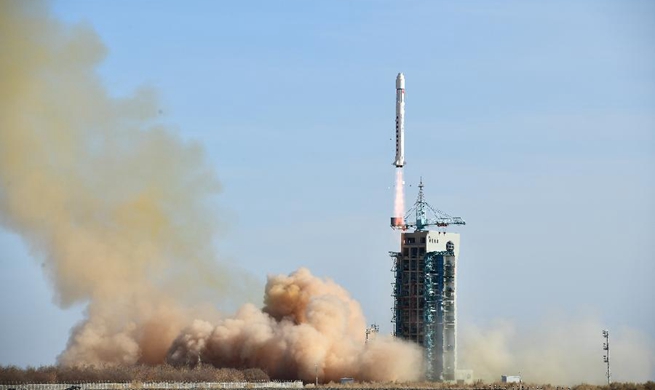WASHINGTON, Feb. 2 (Xinhua) -- Wastewater injection depth, not purely volume, is a critical trigger of man-made earthquakes in the U.S. oil and gas producing state Oklahoma, a new study has found.
Oklahoma has been a seismic hotspot for the past decade due to wastewater injection, with a magnitude-5.8 earthquake, the largest in state history, occurring in 2016.
Data showed that well operators in the region have injected on average 2.3 billion barrels of fluids per year into the ground since 2011.
Using a powerful computer model incorporating injection well records and earthquake data from the U.S. Geological Survey, researchers examined the connections between injection volume, depth, and location, as well as geological features, over a six-year period.
They found while the joint effects of depth and volume are critical, depth above the basement is more influential.
Deeper wells will allow easier access for fluids into fractured basement rocks that are much more prone to earthquakes, they explained.
Simulations that limited depth of injection to 200 to 500 meters above the basement reduced seismic energy release by a factor of 1.4 to 2.8.
"Our new modeling framework provides a targeted, evidential basis for managing a substantial reduction in induced seismicity in Oklahoma, with extensive possibilities for application elsewhere in the world," lead author Thea Hincks, senior research associate at the University of Bristol, said in a statement.
The findings were published this week in the U.S. journal Science.

















